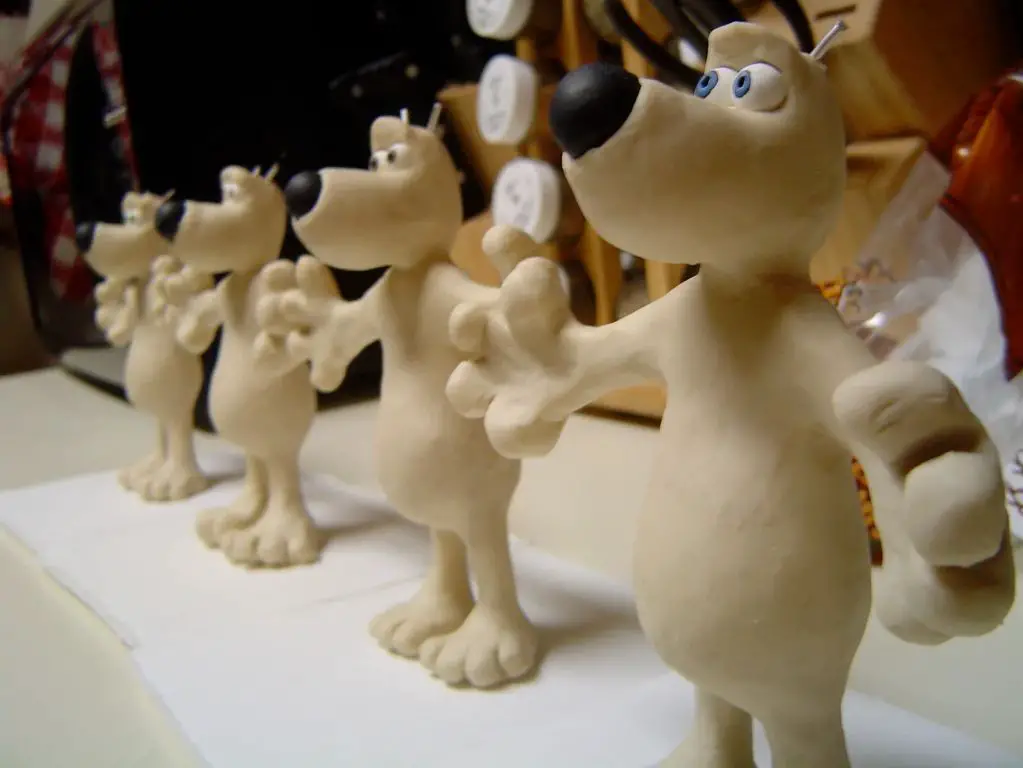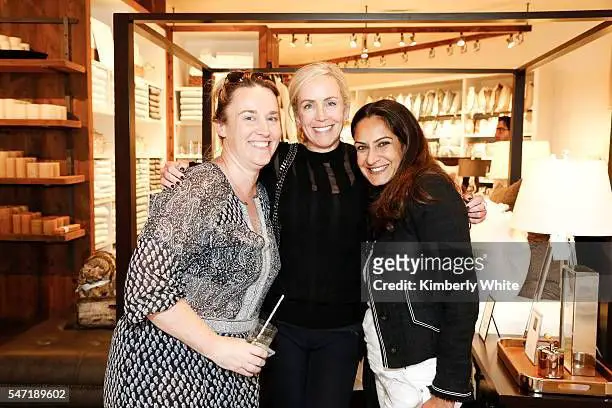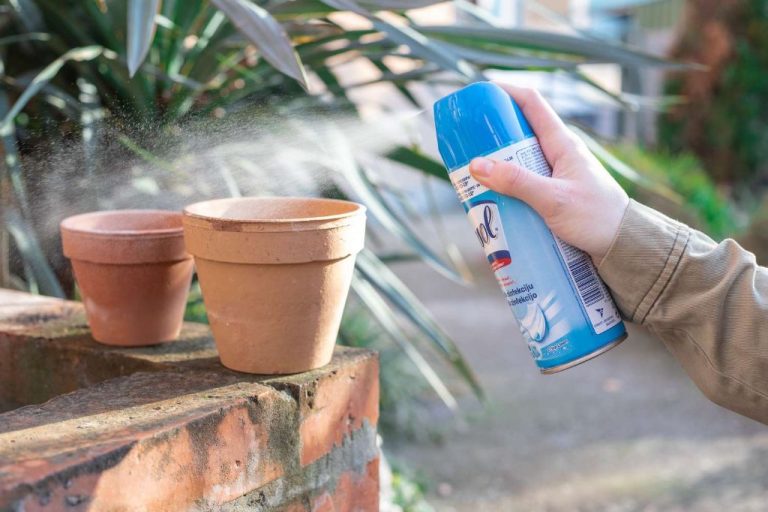Is Clay Animation Hard?
Claymation, also known as clay animation or plasticine animation, is a form of stop-motion animation that uses clay figures and objects. The term “Claymation” is a portmanteau, or combination, of the words “clay” and “animation,” and it was trademarked by Will Vinton in 1978. According to Merriam-Webster dictionary, Claymation is defined as “animation that features images of clay figures.”
In claymation, each animated piece, either a character or prop, is created out of clay or a similarly pliable material like plasticine or playdough. The figures are then carefully moved and filmed one frame at a time, with small changes made between each shot. When the frames are played back in sequence at full speed, it gives the illusion that the clay figures are moving on their own. Claymation is considered one of the many forms of stop-motion animation.
History of Claymation
Clay animation, or claymation, has origins dating back to 1897 with the short film The Sculptor’s Welsh Rarebit Dream by cartoonist E. Stuart Blackton. However, it was not until the early 1900s that claymation started gaining popularity through the works of animators like Willis O’Brien and Ray Harryhausen.
Willis O’Brien was a pioneer in the field of clay animation and stop-motion. In 1925, he animated the ‘Lost World’ dinosaurs for the silent film The Lost World. This movie featured realistic dinosaurs created with rubber and clay models, breaking new ground with its special effects. O’Brien went on to perfect his stop-motion techniques in films like King Kong in 1933, creating the iconic giant ape with molded rubber and rabbit fur.
Building on O’Brien’s innovations, Ray Harryhausen took claymation to new levels starting in the 1950s. He created the legendary skeleton sword fight scene in Jason and the Argonauts in 1963 using metal armatures and foam rubber. Harryhausen’s work with clay figures and stop-motion in films ranging from Mighty Joe Young to Clash of the Titans had a major influence on later clay animators.
Making Clay Characters
One of the most important parts of claymation is sculpting the character models out of clay. The process starts with choosing the right clay. Plasticine or oil-based modeling clay works best as it is malleable and doesn’t dry out. Polymer clay that can be baked into a hardened model is also commonly used.

Sculpting clay characters takes patience and practice. It’s important to have a concept in mind before starting to sculpt. Many clay animators will sketch out their character designs first. Details like eyes, mouths, hands, and clothing can be difficult to sculpt in miniature, so keeping the designs simple is best for beginners.
Once the character sculpts are complete, they can be baked according to package instructions to harden them. This helps maintain their shape during animation. The armatures and joints used to pose and animate the figures can be embedded into the clay before baking. https://www.ikitmovie.com/how-to-make-a-simple-claymation-character/ provides a good tutorial on making a simple claymation character.
Having well-crafted clay figures is fundamental to executing claymation successfully. Taking the time to sculpt quality character models makes the frame-by-frame animation process easier and leads to better end results.
Creating Sets and Props
Creating sets and props is a key part of making claymation films and shows. Since the characters are moved incrementally and shot frame-by-frame, everything that appears on camera needs to be constructed physically in 3D. Sets can be built at varying sizes and scales depending on the needs of the production.
Many materials can be used to construct claymation sets and props. Foam is commonly used as a lightweight base for sets and landscapes. It can be carved into different shapes and covered with textures or paint to look like stone, dirt, grass, etc. Wire frames allow animators to create posable armatures for props that need to bend or move. Fabric can add color, texture and sometimes movement when strategically draped or positioned in front of lights.
Some experienced claymation animators even build modular sets that allow for different configurations and camera angles. Sets and props may also incorporate simple rigging and mechanics to enable certain motions and effects when filmed. Overall, the sets and props in claymation serve as the life-size version of the miniature world inhabited by the clay characters.
Sources:
https://www.pinterest.com/kellishantee/stop-motion-set/
Shooting Frame-by-Frame
Claymation animators aim to capture 24 frames per second, which matches the frame rate of film and digital video. This gives claymation the smooth, seamless motion associated with full animation. However, animators do not move or adjust the character or scene in every single frame. That would be far too tedious and time-consuming. Instead, they focus on capturing key poses – the most important positions that depict the main action and movement.
For example, if a character is waving, the animator would create frames showing the wave at its peak, lowest point, and a few positions in between. The viewer’s eye fills in the micro-movements between poses due to an optical illusion called “persistence of vision.” As long as there are enough frames, the brain perceives fluid, natural motion. This technique allows claymation to achieve realistic movement without having to painstakingly adjust every microscopic detail between frames. According to one Reddit user, capturing 12-15 frames per second is ideal for beginners before working up to 24 fps.
Source: https://www.reddit.com/r/stop_motion/comments/x5nddm/what_is_the_best_frame_rate_to_use/
Lighting and Camera Work
Lighting is crucial in claymation to create mood, drama, and interest. Creative lighting techniques like using colored gels or patterned gobos can add visual flair. As noted in this article, lighting considerations include using soft boxes or umbrellas to diffuse harsh light and prevent unwanted shadows. Proper placement of key lights, fill lights and backlights helps model the clay figures and accentuate textures.
Camera angles and movement also contribute greatly to the look of claymation films. Low, high, canted, and moving camera angles create dynamic visuals. Zooming, panning, tilting, and trucking shots add interest and energy. Complex camera rigs allow for smooth multidimensional movement. Animators must carefully set up each shot and incrementally move the camera frame-by-frame.
According to this guide, basic lighting principles apply but must be meticulously executed at an intricate level for claymation. Lighting and cameras require great care and precision to manipulate the clay figures and bring the art form to life.
Patience and Precision
Creating claymation requires an immense amount of patience and attention to detail. Animators must move the clay characters and sets incrementally, capture a photograph after each tiny adjustment, and repeat this process hundreds or even thousands of times to create a few seconds of footage. According to one animator, “Animation itself is a ton of work, but the kind of patience you need to do traditional animation is insanely on another level.”
Animators cannot rush through the tedious process of incrementally manipulating the clay and taking photographs. Any rushed or sloppy work will be painfully obvious in the final animation. The clay figures must be carefully sculpted and positioned accurately frame-by-frame to achieve a smooth sense of movement. Even tiny inconsistencies like an arm placed slightly differently between frames can ruin the illusion and make the animation feel jerky.
Joshua Caldwell, an experienced animator, writes “What is up to us is our work. Do that. Fill your times of patience with so much work you won’t notice the wait.” The key is perseverance – animators must embrace the repetitive nature of claymation and find satisfaction in the meticulous attention to detail required. With endless patience and precision, an animator can bring an intricate clay world to life.
Sources:
Animators patience is nextfuckinglevel
byu/asocial7193 innextfuckinglevel
https://joshua-caldwell.medium.com/the-art-of-patience-93bbe41b4159
Post-Production
Once all the frames have been shot for the clay animation production, the footage then needs to be edited together into a final animated sequence or film. This post-production stage involves processing the raw footage and assembling the frames sequentially in editing software like Premiere Pro or After Effects (Claymation for Film and Video).
Visual effects may also be added in post-production to enhance the clay animation. Common effects include removing rigs and wires used during filming, adding simulated motion blur to smooth out the stop-motion look, incorporating green screen backgrounds, and compositing clay animation with live-action footage. The video and audio can also be adjusted with color correction, graphics, titles, sound effects, and music to complete the claymation production (What is Claymation?).
Notable Claymation Films and Shows
Some of the most famous and beloved claymation works include the Wallace and Gromit series, Chicken Run, and Gumby. Wallace and Gromit is a series of short films and feature films created by Nick Park of Aardman Animations. The characters are made from clay and tell humorous stories about an eccentric inventor named Wallace and his silent but intelligent dog Gromit. Wallace is known for his creative contraptions while Gromit often saves the day using his quick thinking. Their first short, A Grand Day Out, debuted in 1989 and they remain popular today with films like The Curse of the Were-Rabbit in 2005 which won the Academy Award for Best Animated Feature.
Another renowned Aardman production is the 2000 feature film Chicken Run which is about a group of chickens trying to escape from a farm. It was the highest-grossing stop-motion animated film ever at the time of its release. Nick Park and Peter Lord directed the movie which combined engaging characters and an amusing plot with impressive claymation techniques.
Gumby originated in the 1950s and featured a green clay character created by Art Clokey. Gumby and his horse pal Pokey had adventures through different environments like outer space and medieval times. The seemingly simple, bendable character left a lasting impression and appeared in film and television for decades after his debut.
These examples demonstrate the storytelling possibilities of clay animation and the warmth and expressiveness it can achieve despite the challenges of the medium.
Sources:
[1] https://en.wikipedia.org/wiki/Wallace_and_Gromit
[2] https://en.wikipedia.org/wiki/Chicken_Run
Is Claymation Hard to Learn?
Claymation is considered a challenging but highly rewarding artform. The stop-motion animation process requires patience, precision, and attention to detail that many beginners may find daunting. However, with practice and persistence, claymation can become an expressive artistic medium.
According to one Reddit thread, claymation may seem intimidating at first, but it gets easier over time as you develop your skills and techniques. Having the right equipment like a camera with onion-skinning features can make the animation process easier. The most important thing is to start simple and be patient with yourself as you learn.
While complex claymation projects take a lot of time and effort, the fundamentals can be picked up through online tutorials, classes, and experimentation. With practice, beginners can learn skills like sculpting expressive characters, constructing sets, shooting smooth frame-by-frame animation, and using lighting effectively. Master animators recommend starting small with short films to build fundamental techniques.
Overall, claymation requires dedication, creativity, and perseverance. But for those with artistic passion and patience, stop-motion animation offers a unique aesthetic and sense of accomplishment when
bringing an imaginary world to life. The challenging process makes the final film even more rewarding.


